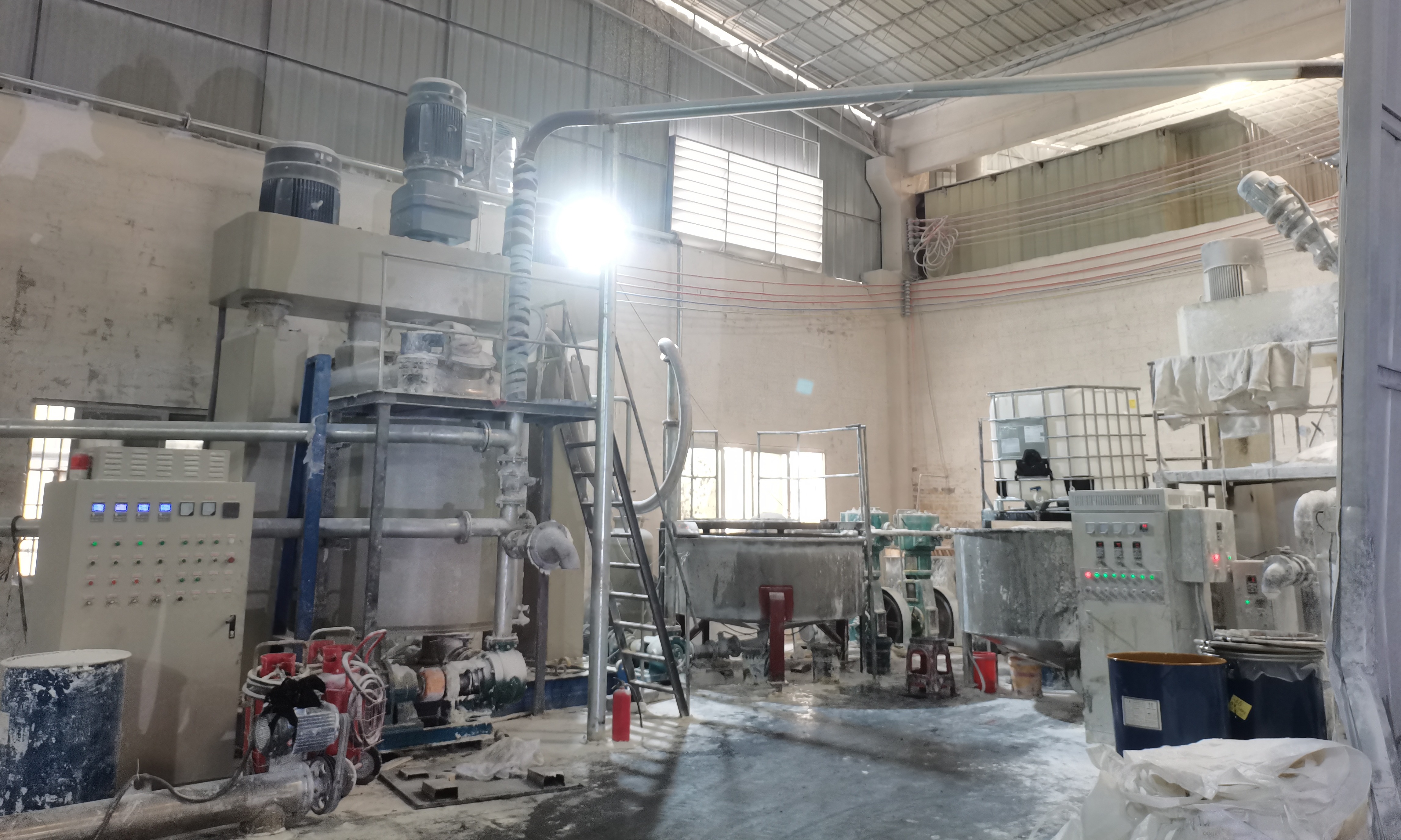
Some Tips About Using Silicone
- By:
- Date:2020/04/01
1. How to use the caulking gun correctly to prevent the silicone sealant flowing out when stopping supplying the glue?
A: Generally, to press the caulking gun by hand is to apply pressure on the gun and push the "active shaft" forward to squeezing the glue to complete the construction process. If you choose a thin bottle series product and the thin bottle will be inflated due to the pressure when applying the glue. For example, if you only stop the pressure on the caulking gun while using, the thin bottle will be recovered from the original expansion and contraction, and the inertia of the "active shaft" of the caulking gun is still pushing, even if the caulking gun stops applying pressure, the glue of the glue nozzle will continue to flow out a bit, which will cause inconvenience to the constructor and affect the construction quality. Therefore, when using the caulking gun, you should press the iron piece of the spring part of the glue gun immediately when you need to stop supplying the glue (usually we can use the thumb to press lightly). Then the inertia of the "active shaft" is reduced to zero, as the bottom cover is retracted slightly backward, which will greatly to reduce the chance of glue outflow.
2. How should the silicone sealant was cleaned on the hand and on the glass?
A: The silicone sealant is not sticky after curing, you can rub your hands a few times; if the silicone sealant is stuck on your hands or glass when it is not cured, use clean noodles and dip some acetone or xylene or 120 # Solvent oil to wipe it.(the above three types can be purchased in chemical stores, and most chemical stores have acetone). (When using the above solvents, pay attention to the precautions for the use of the solvent.) If the silicone sealant has been cured on the glass, scrape it with a blade and wipe with one of the three solvents.
3. Why does acetic silicone sealant fall off easily when used on cement?
A: This is actually one of the most basic issues in the application of silicone sealants. Acetic silicone adhesive produces acid while curing and it will react with the surface of cement, marble, granite and other alkaline materials to form a chalk-like substance, which will cause it to fall off. Use neutral silicone adhesive much better.
4. What causes the surface to wrinkle after the gel is cured?
There are generally several reasons:
(1) The expansion coefficient of the base material is large;
(2) There is displacement or vibration;
(3) Some low-grade silicone sealant is too thin, there is little filler in the glue and more plasticizer are added ( White oil), the plasticizer (white oil) volatilizes to a certain degree during the curing process, which makes the volume of the glue smaller, so the glue will shrink and wrinkle; Supplying thick glue can reduce the occurrence of this phenomenon (suggestion of sizing above 2mm)
5.What is the reason for the surface arching after the gel is cured?
There are two main reasons:
(1) The third side of the bottom auxiliary material has a large shrinkage, some auxiliary materials are not dry, some auxiliary materials have porosity, and some auxiliary materials will adhere to the silicone glue, such as epoxy Polyoxyester foam.
(2) There is a large displacement phenomenon of the base material and auxiliary materials. Under the premise that the glue is not completely cured and has no elasticity, it must be considered that the glue can fully withstand strong displacement loads after it is fully cured. In particular, the structural adhesive must withstand a huge load after a full curing time (at least 7 days), otherwise it will cause undesirable phenomena with serious consequences.
6. What is the reason for the powder on the surface of the neutral silicone sealant?
A: There are generally several situations:
(1) The rubber strip is powdered, which is a defect in the selection of the raw materials of the glue;
(2) The raw materials are mixed unevenly;
(3) This situation may occur due to the impact on the construction environment.
7. What is the reason why neutral transparent glue turns yellow?
A: The neutral transparent glue turns yellow is a defect in the glue itself. It is mainly caused by the cross linker and tackifier in the neutral glue. The reason is that these two raw materials have "amine groups". The amine groups is very easy to cause yellow and many kinds of high-grade silicone sealants also turn yellow. In addition, if the neutral transparent glue is used together with acid glass glue or alcohol-based glue, it may cause the neutral transparent glue yellow after curing. It may also be caused by the long storage time of the glue or the reaction to the glue and the substrate.
CONTACT US


Foshan Chngoo Co., Ltd.
We are always providing our customers with reliable products and considerate services.
If you would like to keep touch with us directly, please go to contact us




